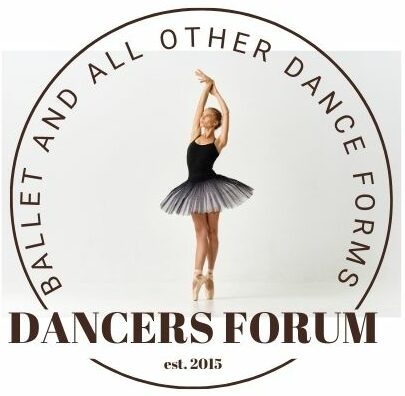What Is Rond De Jambe En L’air?
In the short video above, the dancer is demonstrating a single rond de jambe en l’air followed by a double rond de jambe en l’air.
The dancer aims to touch her toe to the side of her leg just under knee height each time her leg circles in.
Rond de jambe en l’air is a cousin to the rond de jambe a terre, but it is not at all the same as grand rond de jambe.
When the dancer performs a rond de jambe en l’air, the working leg remains a la seconde as the foot moves in towards the supporting knee and back out to a la seconde. The foot makes an oval shape, according to the Russian School or a ‘D’ shape for most other schools while it performs this action.
The oval action could either go en dehors (outwards) or en dedans (inwards). If the working leg is coming from the back it would go around en dedans and vice versa if the leg is coming from the front.
Both male and female dancers perform rond de jambe en l’air, and the step is quite commonly seen on the stage, especially during pas de deux.
Why Do Dancers do Rond de Jambe en L’air?
The main reason that dancers do this step at the barre is to build up their strength, coordination and speed.
Rond de jambe en l’air also helps with balance, alignment and develops stamina for leg lifts. The exercise also isolates different parts of the body and improves precise movement.
It also helps to fortify the knees, as the knee’s natural rotary capability can make it vulnerable, and strengthening the surrounding area will help to protect the knees.
Rond de jambe is a great exercise for lengthening and toning the legs, as it is performed with straight knees. By turning out from the hips, it targets the inner thigh muscles for a deep burn.
How To Get The Most Out Of Rond de Jambe en L’air
- Keep the upper body controlled and still throughout.
- Move the thigh and the knee as little as possible.
- Keep the working thigh lifted and well turned out as far as it will go.
- The path of the foot is not a circle and should not extend behind the knee at any time.
- Concentrate on lifting and controlling the supporting side of the body.
So what are you waiting for? Get practicing those leg circles!

